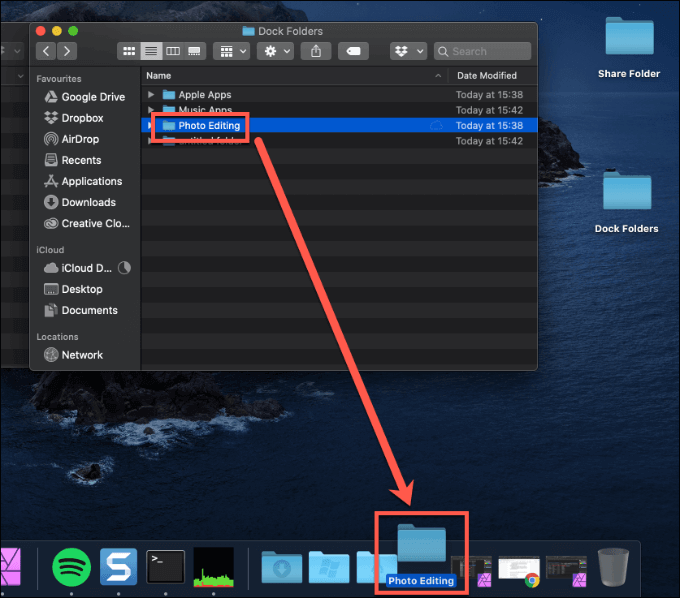

- #How to create a shortcut on desktop mac how to#
- #How to create a shortcut on desktop mac archive#
- #How to create a shortcut on desktop mac software#
- #How to create a shortcut on desktop mac code#
To begin, click the Start button, then All apps.


You must use either the first or last method mentioned in the post to accomplish this. This method may not work with applications downloaded from the Microsoft Store.
#How to create a shortcut on desktop mac software#
This method is dedicated to the software of applications obtained from third-party sources. Method 2: By Creating Shortcut from Start-Up Menu Folder That’s all there is to it the application shortcut will now appear on the desktop, and you can access the application or software directly from the desktop. Now, click on the application and drag it to the desktop. Now locate the application for which you want to make a desktop shortcut. To be more specific, open search and select all apps. Simply drag and drop the application icon onto the desktop to create the shortcut. This is the simplest and best method for creating a desktop app shortcut in Windows 11. Ways to Create a Desktop Shortcut in Windows 11 Method 1: Drag and Drop To learn more about it, keep reading until the end of the post.
#How to create a shortcut on desktop mac how to#
We have shown you how to create a desktop shortcut for any of your installed applications in the Windows 11 operating system step by step. To help you, or if you don’t know how to create a desktop shortcut for applications in Windows 11? You’ve come to the right place. Creating Windows 11 desktop shortcuts for frequently used applications is regarded as one of the most important requirements. You can access applications directly from Windows 11’s desktop, also known as the home screen. You won’t have to go through the trouble of searching for and opening them again and again if you do this. CFErrorRef error = NULL ĬFURLRef aliasFile = CFURLCreateWithString(NULL, CFSTR("file:///Users/msl/Desktop/Terminal%20Alias"), NULL) ĬFURLRef targetFile = CFURLCreateWithString(NULL, CFSTR("file:///Applications/Utilities/Terminal.Tired of going back and forth to search and manually opening applications? You can, however, attempt to create a desktop shortcut for any application you desire in Windows 11.

#How to create a shortcut on desktop mac code#
Here is the C code required to create a bookmark (you'll need to specify -framework CoreFoundation to the command line flags for the compiler if you are compiling from the command line, or otherwise add the CoreFoundation framework to your project in Xcode). Try that first and if that suffices, don't bother with the more complicated Alias Manager or CFURLCreateBookmarkData. In fact, you may even be able to just use the POSIX symlink to create a shortcut. If you want to make an alias, have a look at the Alias Manager reference, or if you are targeting 10.8 or later, you can use CFURLCreateBookmarkData instead. is similar to the Unix symbolic link, but with the distinction of working even if the target file moves to another location on the same disk However, as far as functionality goes, both should work as a way of placing a link on the desktop to an item in another location.įinally, take note of this distinction between the POSIX ln and alias before deciding if ln is suitable for your situation:.
#How to create a shortcut on desktop mac archive#
Using ln, the created link is identified as "xar archive - version 1", whereas the UI alias creates a file which is "alias: data". if you use the ' file' command on the two. Note that the alias created with the UI is not exactly the same as that created by ln, as you can see when linking to a pkg (installer) file. So what you could do is create a symbolic link to the source item with a call to the ln function, which may be the same as the symlink function call. If you use the terminal and create a symbolic link to an item on the desktop, you'll see that it creates a similar 'alias'. As has been mentioned, by it's an alias that you would be creating at least, this is what the UI provides when you right-click on an item:.


 0 kommentar(er)
0 kommentar(er)
